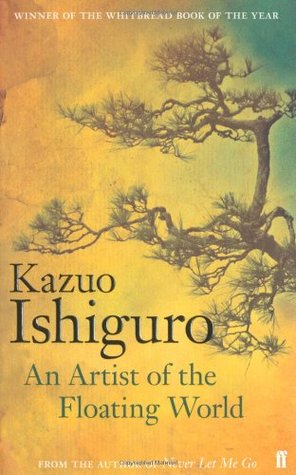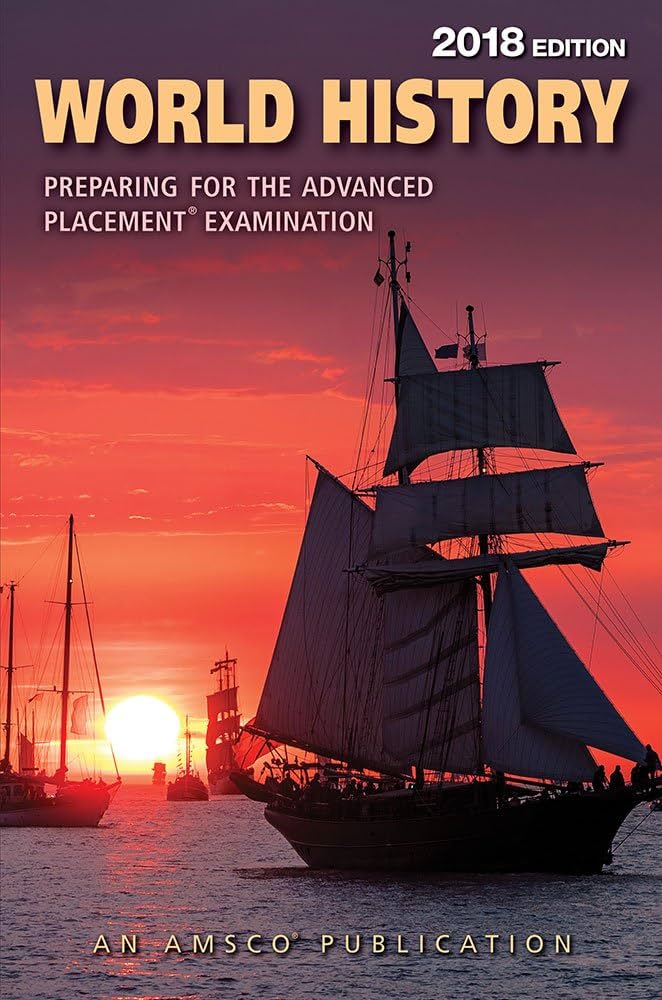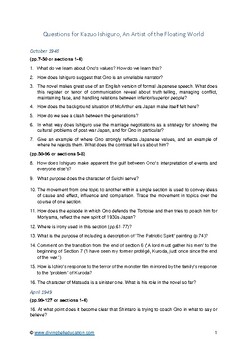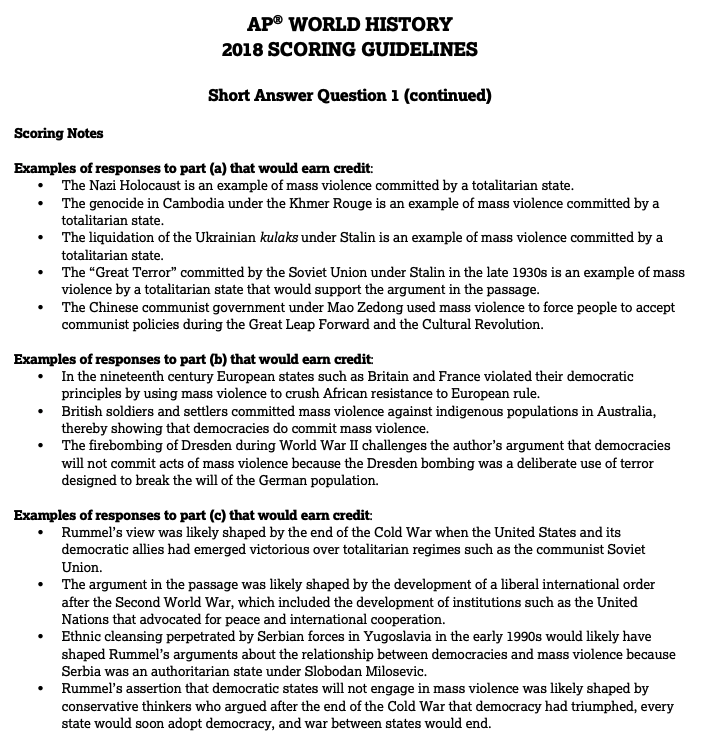An Artist Of The Floating World Book Review
An Artist of the Floating World is a novel by Nobel Prize-winning author Kazuo Ishiguro. It tells the story of an aging Japanese painter living in post-World War II Japan, who must confront his past while struggling to come to terms with Japan’s changed society. The novel examines the relationship between traditional Japanese culture and modernity, while also exploring themes of memory, regret, and identity. Through the protagonist’s journey, Ishiguro offers a thought-provoking and moving reflection on the effects of history on individuals and societies. This book review will explore the themes and characters of An Artist of the Floating World and discuss the novel’s critical and popular success.
Overview of “An Artist of the Floating World”
“An Artist of the Floating World” is an award-winning novel by Nobel Laureate, Kazuo Ishiguro. Set in post-war Japan, the novel tells the story of Masuji Ono, an aging artist who must grapple with his role in Japan’s history. Through flashbacks and conversations with his daughter, Masuji is forced to confront the choices he made during the war and their consequences.
The story follows Masuji as he looks back on his life and career, and his relationship with his daughter and grandson. Ishiguro’s writing is lyrical and evocative, and his characters are complex and relatable. He paints a vivid picture of post-war Japan and its struggle to rebuild. The novel is a thoughtful exploration of regret, redemption, and the power of art.
The novel has been widely praised for its subtlety and depth. It won the Whitbread Award for Fiction in 1986, and was shortlisted for both the Booker Prize and the National Book Award in the same year. With its exploration of the human condition and its timeless themes, “An Artist of the Floating World” is a classic that has stood the test of time.
Characters of the Novel
An Artist of the Floating World by Kazuo Ishiguro is a novel that explores the complexities of human relationships and morality. The story follows the life of Masuji Ono, a retired artist living in post-World War II Japan. Throughout the novel, Ono reflects on his past and the decisions he made in order to survive the turbulent times. Through his story, Ishiguro offers a deep commentary on the effects of war and how people respond to it.
The characters of An Artist of the Floating World are complex and nuanced. Ono is an elderly man who has experienced a great deal of loss as a result of the war. He is a conflicted character who is struggling to make sense of his life. His daughter, Etsuko, is also a major character in the novel. She is a strong-willed young woman who is determined to forge her own path in life. Other characters include Ono’s wife, Shizuko, and his son, Ichiro. These characters are all portrayed in a realistic and sympathetic light, offering the reader an opportunity to empathize with their struggles.
Overall, An Artist of the Floating World is an insightful novel that explores the complexities of human relationships and morality. Through its characters, the novel offers a profound commentary on the effects of war and how people respond to it. For readers looking for an engaging and thought-provoking read, this book is definitely worth checking out.
Plot Summary
An Artist of the Floating World is a novel by Nobel Prize-winning British author Kazuo Ishiguro. Set in post-World War II Japan, the novel follows Masuji Ono, an aging artist whose life is haunted by his decisions during the war. As he attempts to reconcile his actions with his present life, he reflects upon his involvement in Japan’s past.
The novel is narrated in the first person. Masuji Ono, an aging artist, narrates the story of his life and his regrets. He reveals memories of the past, including the time he spent as an art professor in the late 1930s and his involvement in the war. As he looks back on his life, Masuji reflects on the impact of his choices and their consequences. He also reflects on the changing nature of Japanese society in the post-war period.
His daughter, Etsuko, is a source of tension in Masuji’s life. She is an independent, outspoken woman who goes against traditional expectations for women in Japan. Masuji struggles to accept her choices and his own role in her life.
Themes explored in the novel include guilt, regret, and the changing nature of Japanese society. Masuji’s reflections on his life and his actions during the war reveal a deep sense of remorse and shame. He also reflects on the changes in Japanese culture brought about by the war, including the gradual erosion of traditional values.
Ultimately, An Artist of the Floating World is a story of reflection, guilt, and regret. Through Masuji’s narrative, Ishiguro paints a vivid portrait of a man who must come to terms with his past and the changes in Japanese society.

Critical Analysis of the Story
An Artist of the Floating World, written by Nobel Prize-winning author Kazuo Ishiguro, is a masterstroke of modern literature. The novel follows Masuji Ono’s journey through Japan, as he looks back on his life and career in the years since World War II. Through his encounters and recollections, Ono reflects on his role in the changing world and the consequences of his actions.
The novel is a complex exploration of the themes of memory, guilt, and loyalty. Ono is a complex character, a man who is both proud of his accomplishments and ashamed of his past. Ishiguro brings alive the contradictions of Ono’s life and the ambiguity of his motivations. He creates a vivid picture of post-war Japan, its tensions and uncertainties, and the ways in which it is shaped by Ono’s choices.
At its heart, An Artist of the Floating World is a meditation on the nature of identity. Ono’s story is a powerful reminder of the effects of war and the toll it takes on individuals and societies. The novel is a powerful reminder of the importance of examining the past and understanding how it shapes the present. It is a gripping and thought-provoking exploration of the human experience.
Themes and Motifs
An Artist of the Floating World by Kazuo Ishiguro is an emotionally charged story that explores and examines the complex ideas of loyalty, duty, and identity. Through his characters, Ishiguro explores themes of memory, guilt, and the challenge of reconciling the past with the present. The novel’s title is an allusion to the Japanese concept of “ukiyo-e,” which literally translates to “pictures of the floating world.” Ishiguro uses this concept to explore the idea of a world that is constantly changing, and the characters’ attempts to come to terms with such changes.
The novel is filled with motifs of nature, which serve to illustrate the characters’ inner turmoil. The presence of the sea, in particular, symbolizes the ever-changing nature of the floating world and the characters’ attempts to grapple with this reality. Additionally, the use of multiple characters helps to create a sense of family and community, while also reflecting the chaos of the modern world.
Ultimately, An Artist of the Floating World is a deeply moving and thought-provoking novel that explores the complex issues of identity, loyalty, and duty. Through its characters and motifs, Ishiguro’s story examines how individuals reconcile the past with the present in a rapidly changing world.
Final Reflection and Summary
The Artist of the Floating World by Kazuo Ishiguro is a deeply moving and thought-provoking novel that explores the complexities of the human condition. It tells the story of Masuji Ono, a retired painter in post-war Japan, and how he struggles with the consequences of his wartime actions. Through Masuji’s story, Ishiguro examines the difficulties of reconciling our past actions with our current conscience. He also questions the idea of our own self-image, and how it is often shaped by our past experiences.
The novel is both emotionally and intellectually stimulating, and Ishiguro’s writing is outstanding. His characters are vivid and realistic, and his prose is hauntingly beautiful. He skillfully weaves together the past and present, creating a multi-dimensional narrative that is both heartbreaking and thought-provoking.
The Artist of the Floating World is a powerful work of literature and a must-read for anyone interested in exploring the depths of the human experience. Ishiguro’s novel is a stunningly beautiful look at the fragility of life, the power of memory, and the importance of our personal history. It is a book that will stay with you long after you turn the last page.
FAQs About the An Artist Of The Floating World Book Review
Q1: What is the plot of An Artist Of The Floating World?
A1: An Artist Of The Floating World is a novel by Nobel Prize-winning author Kazuo Ishiguro. It tells the story of Masuji Ono, a retired artist living in post-war Japan who looks back on his life and the events that shaped his nation’s history.
Q2: What themes does An Artist Of The Floating World explore?
A2: The novel explores themes of memory and nostalgia, the effects of war and the power of redemption. It also examines the struggles of an individual to reconcile his past with his present, and the importance of personal identity in a rapidly changing society.
Q3: Who should read An Artist Of The Floating World?
A3: An Artist Of The Floating World is suitable for readers of all ages. It is a powerful and moving story that will appeal to anyone interested in Japanese history and culture, as well as those looking for an insightful and thought-provoking read.
Conclusion
In conclusion, An Artist of the Floating World is an excellent novel that blends historical fiction and cultural insight to explore the themes of war, guilt, and redemption. Through the story of Masuji Ono, the book examines how the effects of war can be felt even years after the conflict has ended. It is a complex and thought-provoking story that will remain with readers long after they have finished the novel.




